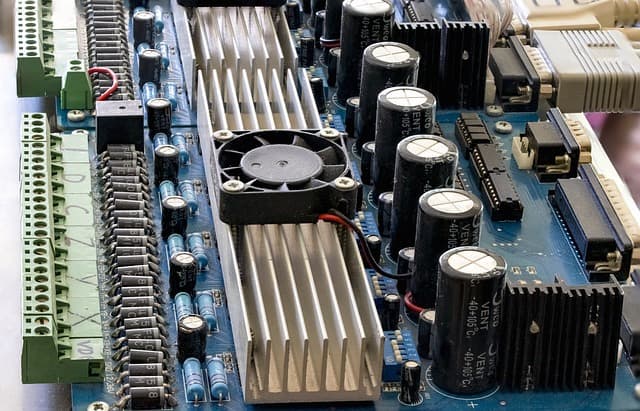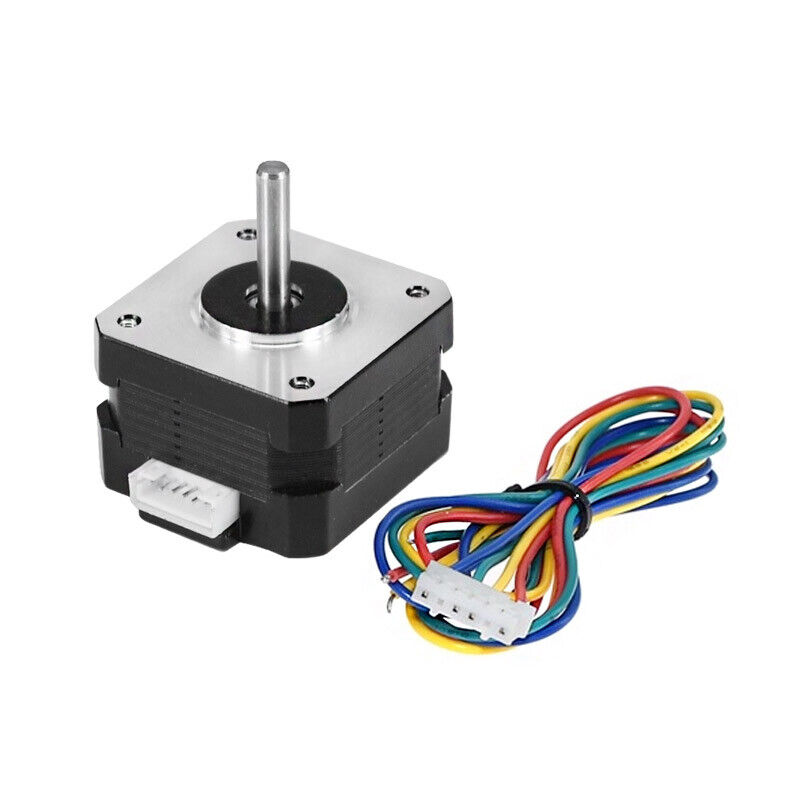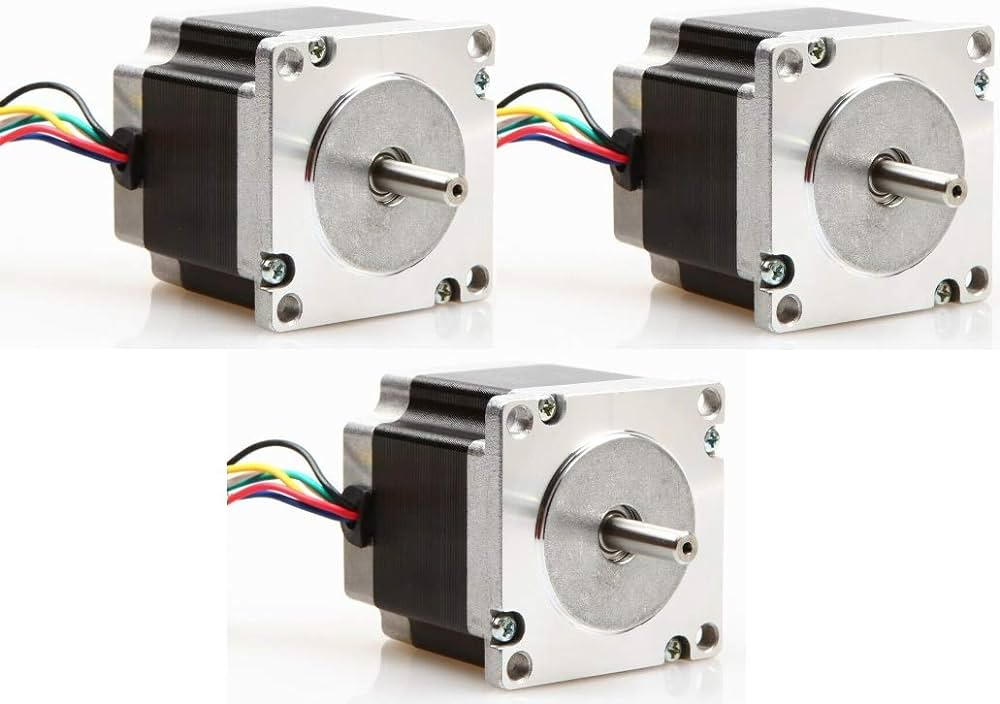There are many stepper motor drivers as well as stepper motors themselves. They differ both structurally and in features, capabilities and, of course, price. We will consider variants that are closer to DIY-CNCs, especially 3D printers.
Enclosure drivers like DM422, DM542, DM556, DM860, TMC2160 and so on, there are many such models.
Enclosure drivers like DM422.jpg Enclosure drivers likeDM422.jpg
The main difference, as it is easy to guess, is the enclosure design, which gives a number of advantages, such as a large cooling area, convenient I/O, control connectors and clear switch setup. They are designed for high currents and long, highly loaded operating modes. Often used on “large”, rather powerful CNCs, such as lathes, milling machines, manipulators, factory automation systems and other similar machines.
Most of the settings are made by a combination of jumpers, according to the table on the case, other models are additionally “fine-tuned” via RS232, UART interfaces, etc., which allows them to be used in a wide range of applications. Depending on the complexity and price, they are equipped with additional functions such as resonance compensation, winding short circuit protection, reverse EMF, stepper motor rotor holding mode and so on.
The price of different models varies greatly – from one and a half thousand to tens of thousands of rubles, when choosing should necessarily take into account how powerful you need a driver for your task and what additional features and functions it necessarily needs.
Enclosure drivers are definitely the best choice if size and price do not matter, most 3D printers can not afford such an under-the-hood space, so they create specialized compact devices for them.
A4988. Perhaps the cheapest, but also one of the most reliable versions of the printer driver. Motor current up to 2 A is regulated by a trim resistor, the mode of step splitting from 1 to 1/16 by jumpers. There is protection against short circuit, overvoltage, overload and overheating. An aluminum heatsink is included. That is, the driver is a kind of analog of a Kalashnikov machine gun – simple, reliable, cheap. There is a disadvantage – very noisy, if the printer is at your home, forget about sleep, rest and mental labor in its presence. For a printer placed in a garage, workshop or production, the choice is excellent.
DRV8825. Of the positive differences from the A4988 – finer pitch crush mode, up to 1/32, slightly more powerful, up to 2.2A. Otherwise it is worse, and seriously so. It works extremely loudly, sometimes unstable, at high speeds and loads often skips steps, and it is twice as expensive as the previous one. It is not recommended for purchase, much less for use.
LV8729. Quite a successful driver model. Pitch splitting up to 1/128, quiet operation and high stability. Excellent for NEMA 17 stepper motors. The only disadvantage is relatively low power, up to 1.5 A, but for most household printers this is more than enough, especially when it comes to controlling the Z-axis or filament feed. The price is comparable to DRV8825, with incomparably higher quality.
ST820. Powerful giant according to the manufacturer’s statement – up to 6.8 A of current to the windings, however, in reality it draws no more than 1.5 A. Why was it necessary to praise it so much is unclear. According to the same claims, it crushes a step into 256 microsteps, but even this is questionable. In general, the driver is average in everything, both in capabilities and characteristics, noise and price. The Enable channel is inverted for some reason. It can’t boast of one hundred percent stability, some modes are difficult to operate. The price is average. In general, we do not recommend it.
S6128 (SD6128). Microstep up to 1/128, current up to 2.2 A, not quiet, but it doesn’t howl at the whole apartment like DRV8825. The price is average. Does not stand out in anything, neither for better nor for worse. In general, quite a working option for office or educational printer.
TMC2100, TMC2130, TMC2208. A series of similar drivers with slight differences in features. These are probably the most advanced drivers for 3D printer at the moment. The standard step is divided into 16, but by command via UART or SPI you can split it up to 256 parts. The splitting is done using the proprietary stealthChop technology, which allows the drivers to operate extremely smoothly and quietly. Supported current up to 2A for the TMC2208 and up to 2.5A for the others, which is not bad. Dynamically varying the current depending on the load keeps the chip from overheating unnecessarily, while still providing high torque and hold. Despite the slightly higher price, highly recommended to buy and use if you value silence, quality and reliability.
There are several more models, both outdated and exotic, but we will not dwell on them, as we have already decided on the best option – TMC2208.


